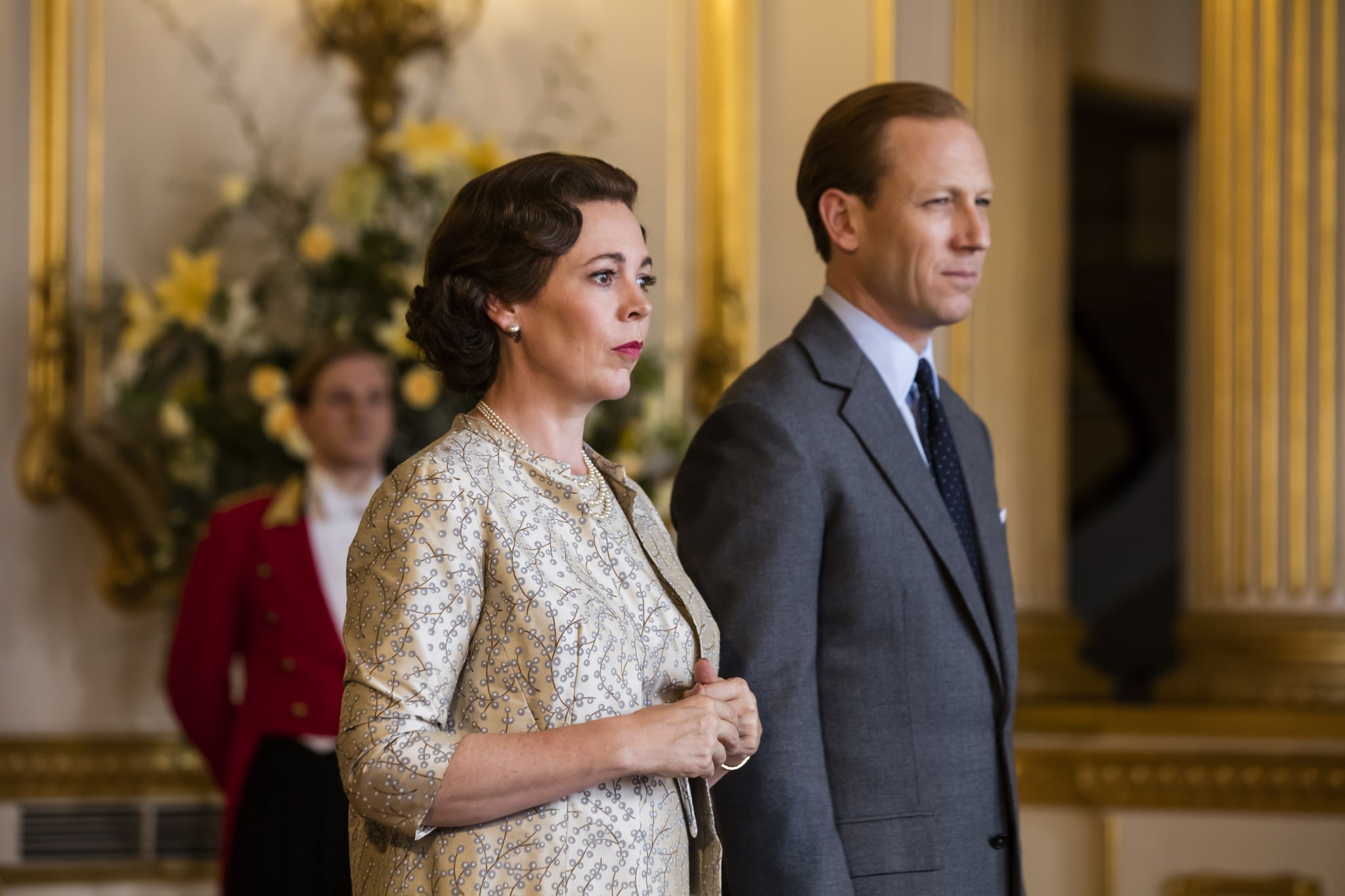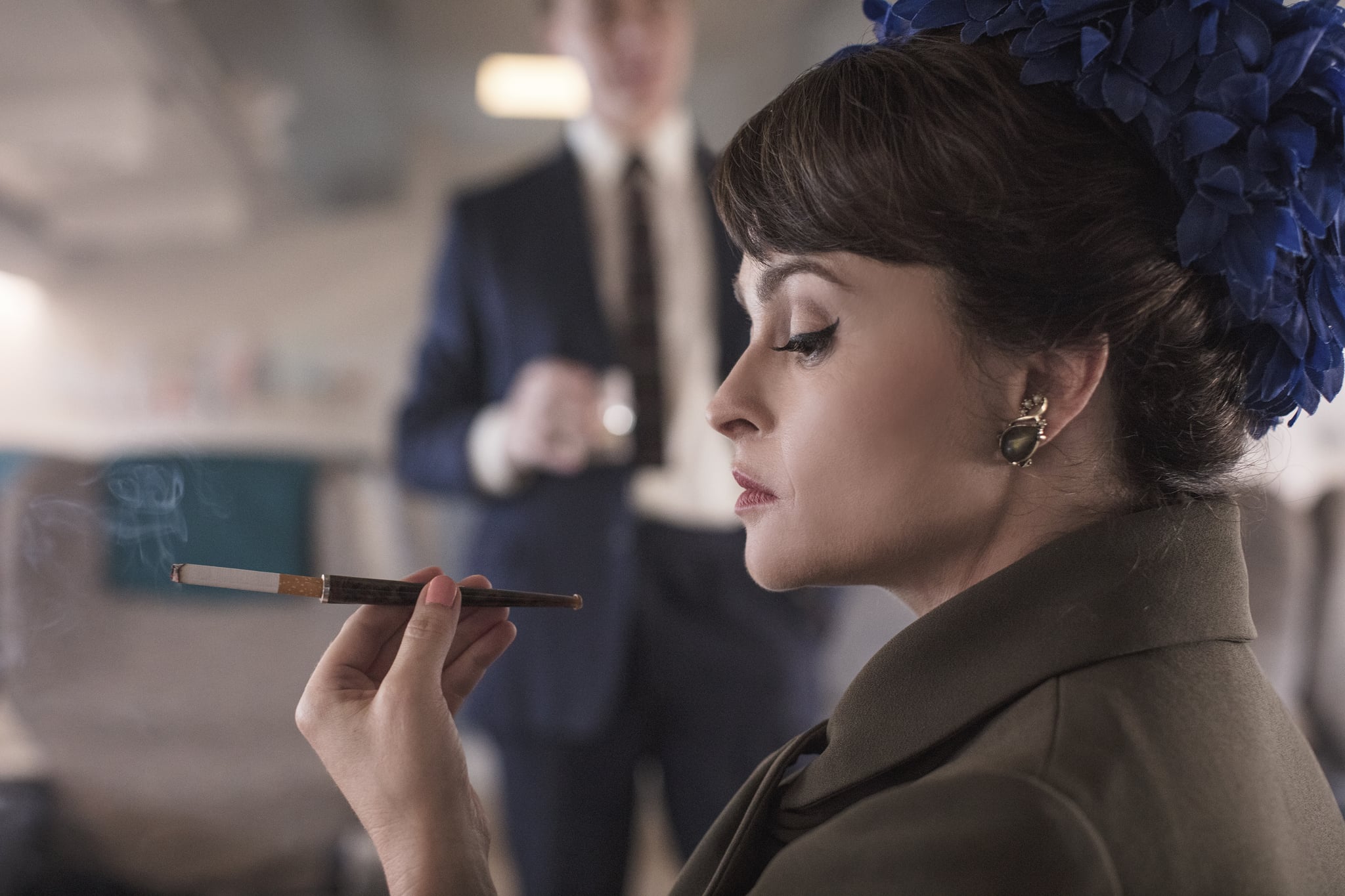Whether you’ve been glued season three of The Crown on Netflix or are simply interested in the royals, examining the tense contrasts within the Windsor family can be enlightening — not only about the British monarchy, but about human dynamics in general. In the second episode of the latest season of the series, Prince Phillip delves into a theory he has about the Windsors to his wife, Queen Elizabeth.
“There have always been the dazzling Windsors and the dull ones,” he claims. And how for every “dull” or “dreary” royal, there is a dangerous, individualistic one. Throughout the entire history of the British royal family, there have always been two very distinct currents that run side by side: the “dull” royals who keep it all together, and the rebellious ones who always try to shake things up. Is he right? Let’s take a closer look.
Queen Elizabeth II and Princess Margaret
The most apparent example of Phillip’s theory is that of Queen Elizabeth II herself, a notoriously steadfast, consistent, yet very reserved queen who has now ruled for sixty-seven years, to her own sister Princess Margaret, who was famous for her humor and her debauchery. Margaret made headlines around the world for her party-girl lifestyle, even practically enamoring U.S. president Lyndon B. Johnson during her American tour in 1965. In fact, he was so taken aback by her wayward, exceptionally fun behavior at a state dinner at the White House that she convinced him to approve a loan to England from the International Monetary Fund, as shown in that same second episode, even referring to Margaret as an “angel.”
Queen Victoria and Edward VII
Apart from focusing on his wife and her sister, Prince Phillip goes on with his discussion, mentioning various dutiful yet dull royals throughout history and their individualistic counterparts. First off, the oldest comparison Phillip makes is between Queen Victoria, a stoic queen known throughout the world as the “grandmother of Europe” who ruled from 1837 to 1901, to her eldest son Edward VII who was known as the “playboy prince.” Queen Victoria inherited the throne at a mere eighteen years old and adopted a character that deemed her a national symbol for strict standards of morality (aka the Victorian era), especially after her husband’s death plunged her into a state of deep mourning.
During his mother’s long reign, Edward was excluded from power, eventually leading people to identify him as a leisured elite, with gossip spreading about his time with actors, his love of men’s fashion (tweed, black ties and even leaving the bottom button of waistcoats unbuttoned were all styles popularized by him), and his passion for the arts, music, gambling, hunting, and horse races.
Victoria, as strait-laced a ruler as possible, regarded her son with distaste and even blamed him for the death of his father. All the same, when Edward succeeded to the throne, those nine years were marked by vast changes in technology, and he was even referred to as the “Peacemaker” between Britain and France.
Source: Read Full Article




